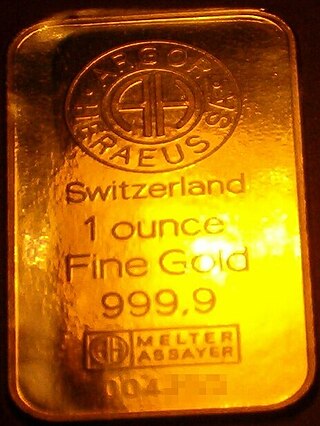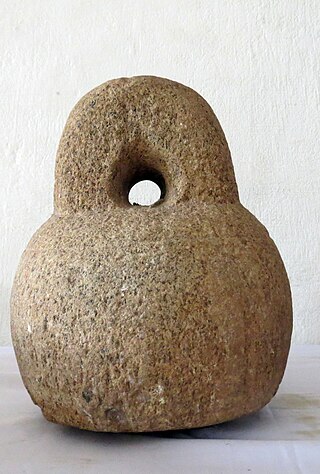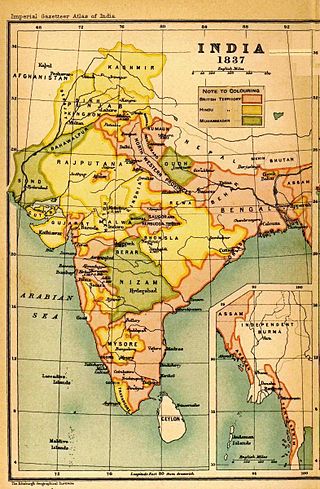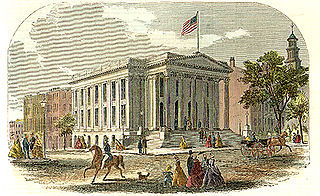This article has multiple issues. Please help improve it or discuss these issues on the talk page . (Learn how and when to remove these template messages)
|
Before the introduction of the Metric system, one may divide the history of Indian systems of measurement into three main periods: the pre-Akbar's period, the period of the Akbar system, and the British colonial period.
Contents
- Conversion
- Ancient system
- Medieval system
- Akbar weights and measures
- Weights before 1833
- British system
- References
- External links
During pre-Akbar period, weights and measure system varied from region to region, commodity to commodity, and rural to urban areas. The weights were based on the weight of various seeds (specially the wheat berry and Ratti) and lengths were based on the length of arms and width of fingers. Akbar realized a need for a uniform system. He elected the barley corn. This did not replace the existing system. Instead, it just added another system.
The British entered India as traders. They accepted barley corn as a unit 'grain' for weighing gold. Eventually, British introduced their own system for weighing gold (Troy ounce). In 1956, Government of India passed the Standards of Weights Act, that came into effect in 1958.The metric weight mandatory by October 1960, and the metric measures mandatory by April 1962.












